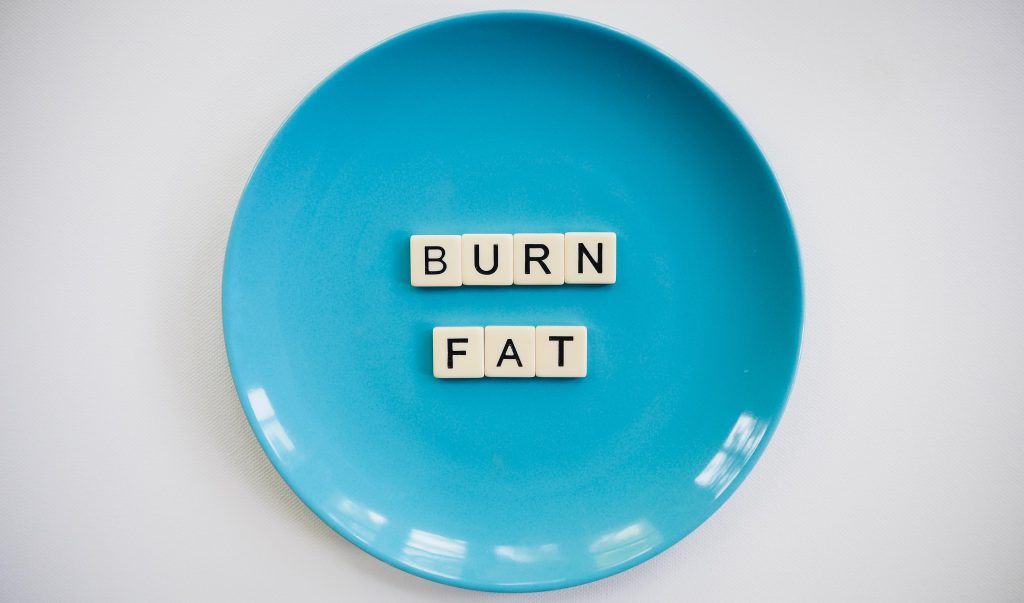
A weight loss diet plan should focus on creating a calorie deficit by consuming fewer calories than you burn.
- Determine Calorie Intake: Calculate your daily calorie needs to create a calorie deficit. This can vary based on factors such as age, gender, weight, height, and activity level. A moderate calorie deficit of 500-750 calories per day is generally recommended for gradual and sustainable weight.
- Macronutrient Distribution: Aim for a balanced macronutrient distribution. A general guideline is to consume approximately 45-65% of calories from carbohydrates, 20-35% from fat, and 10-35% from protein. Adjust these ratios based on your preferences and individual needs.
- Emphasize Whole Foods: Choose whole, minimally processed foods that are nutrient-dense and provide satiety. Include a variety of fruits, vegetables, lean proteins, whole grains, legumes, and healthy fats in your meals.
- Portion Control: Pay attention to portion sizes to ensure you’re not overeating. Use measuring tools or references like hand portion sizes to guide your portion control. Be mindful of high-calorie foods and limit your intake of sugary and fatty foods.
- Hydration: Stay well-hydrated by drinking water throughout the day. Water can help with satiety and prevent unnecessary snacking. Limit the consumption of sugary drinks and high-calorie beverages.
- Regular Meal Pattern: Establish a regular meal pattern and aim to have three balanced meals a day. Avoid skipping meals, as it may lead to excessive hunger and overeating later. Include healthy snacks if needed, such as fruits, vegetables, or nuts, to help manage hunger between meals.
- Mindful Eating: Practice mindful eating by focusing on your food, eating slowly, and paying attention to your body’s hunger and fullness cues. Avoid distractions while eating, such as screens or multitasking.
- Physical Activity: Combine your diet plan with regular physical activity. Engage in a mix of cardiovascular exercises (such as brisk walking, cycling, or swimming) and strength training to support weight loss, improve fitness, and maintain muscle mass.
- Track Progress: Keep a record of your food intake and monitor your progress. This can be done through a food diary, mobile apps, or online tracking tools. Regularly assess your weight, body measurements, and how you feel to make adjustments if needed.
Remember, sustainable weight loss is a gradual process. Consult with our registered dietitian or nutritionist to personalize your diet plan based on your specific needs, preferences, and any underlying health conditions. They can provide ongoing support, guidance, and help you create a well-rounded approach to achieving your weight loss goals.
We offer you to the Best Diet Plan Services ?
We are specialist on evidence based Diet plan services, we assign you the experience Dietitian to fulfill your goal in terms and health and happiness.
How long does it take for you?
Our team is collect the data and work on your Personalized diet plan. The time it takes to lose weight varies from person to person and depends on various factors, including starting weight, calorie deficit, metabolism, physical activity level, and individual body composition. It’s important to approach weight loss as a gradual and sustainable process rather than aiming for rapid or drastic results.
How much does it cost to work with you?
We are define the packages to our clients, if you want to know more about the costing, feel free to contact us – connect@nutrifydiet.com or please contact here.